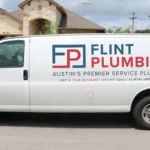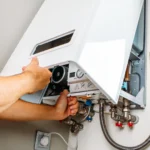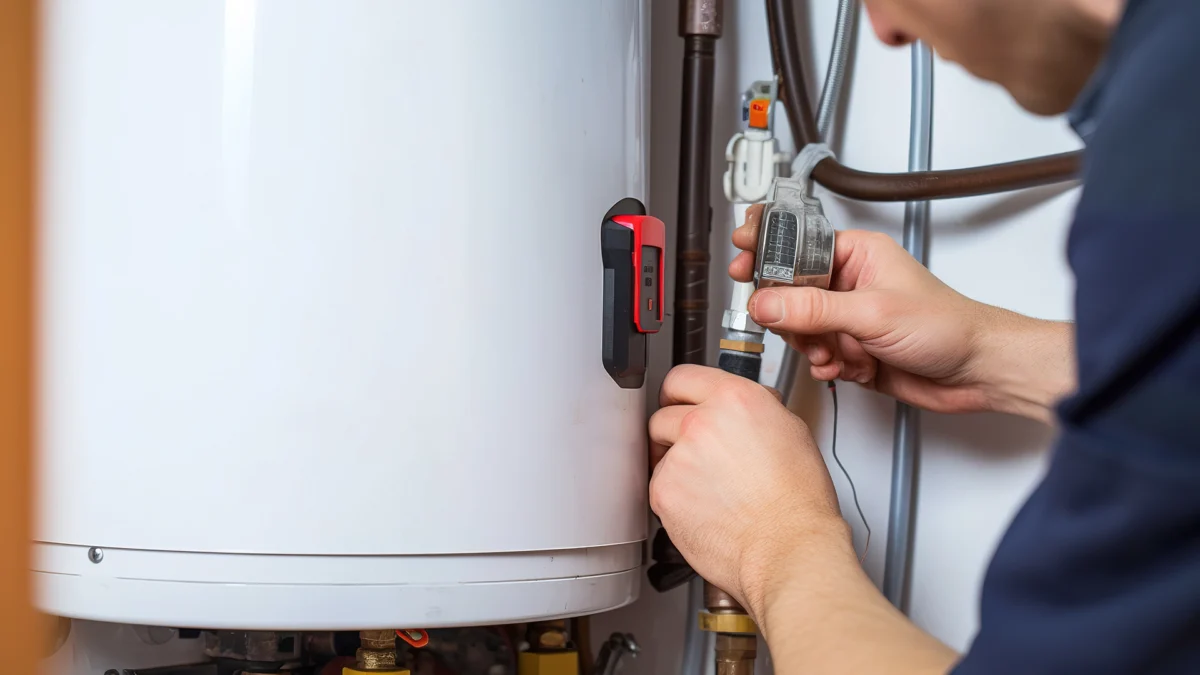
Top 5 Signs You Need a Professional Plumber Right Away
December 2, 2024
Tankless Water Heaters: Are They Right for Your Home?
December 30, 2024DIY Troubleshooting: No Hot Water? Here’s How to Check Your Water Heater
No hot water can be a frustrating issue, but before calling a plumber, there are a few DIY steps you can take to troubleshoot and potentially resolve the problem. Whether you have a gas or electric water heater, this guide will help you identify common issues and determine when it’s time to call a professional.
Caution: Only attempt these troubleshooting steps if you feel comfortable and confident in doing so. Flint Plumbing is not responsible for any damage or issues caused during DIY attempts. If you’re unsure, it’s always safest to call a professional.
1. Check Your Power Source
Electric Water Heaters
- Check the Circuit Breaker: Go to your home’s electrical panel and see if the circuit breaker for your water heater has tripped. If it has, flip it off and then back on. This often restores power.
- High-Temperature Limit Switch: If the circuit breaker is fine but you suspect the high-temperature limit switch is tripped, it’s best to contact a professional to troubleshoot the issue.
Gas Water Heaters
- Check the Gas Supply: Check that the gas supply valve is open and properly connected. If you smell gas, immediately turn off the supply and call a professional.
- Inspect the Pilot Light: Look to see if the pilot light is lit. If it’s out, follow the manufacturer’s instructions on the water heater or the instruction tag on the unit to relight it safely.
2. Adjust the Thermostat
Water heater thermostats use a lettering scale instead of precise temperatures. To ensure your thermostat is set correctly:
- Locate the thermostat on the water heater.
- Review the manufacturer’s instructions on the unit to identify the recommended setting.
- Adjust the thermostat following the manufacturer’s instructions to ensure it’s not set too low. For most homes, the ideal setting corresponds to 120°F.
Wait about 30 minutes after adjusting the thermostat to see if the water temperature improves.
3. Inspect for Leaks
A leaking water heater can reduce efficiency and cause cold water issues:
- Check the Tank and Connections: Look around the water heater for visible leaks. Inspect the plumbing connections and tighten any loose fittings—but be careful not to overtighten.
- Look for Tank Corrosion: If the tank itself is leaking, it’s often due to internal corrosion, and the unit will likely need replacement.
When to Call a Plumber
If you’ve tried these steps and still don’t have hot water, it’s time to call a professional. Problems like faulty heating elements, broken thermocouples, or major leaks require expert tools and knowledge to fix.
Need Help? Call Flint Plumbing!
Our experienced team is here to get your hot water flowing again. Whether it’s a quick water heater repair or a complete gas, electric or tankless hot water heater replacement, we’re ready to help. Call us today at 512-971-2445 to schedule your service!



